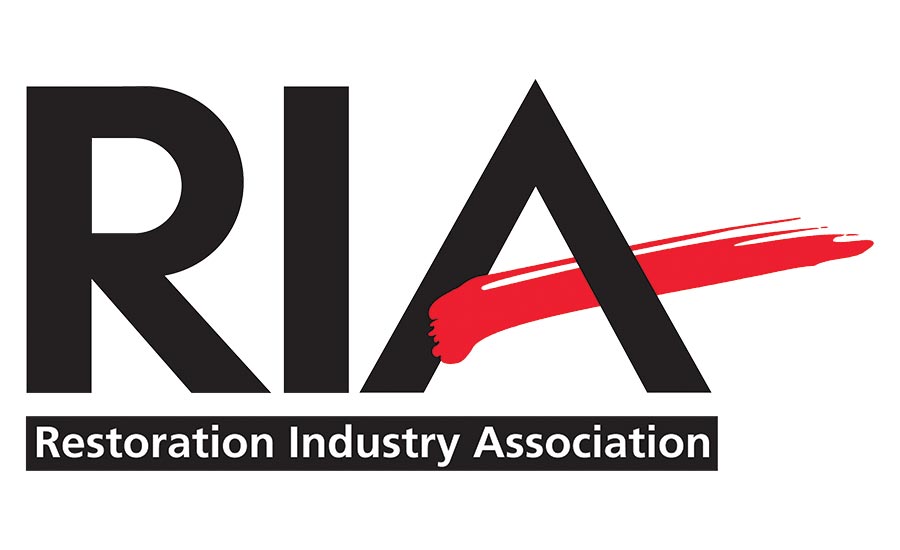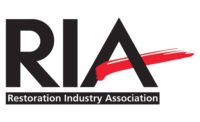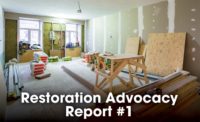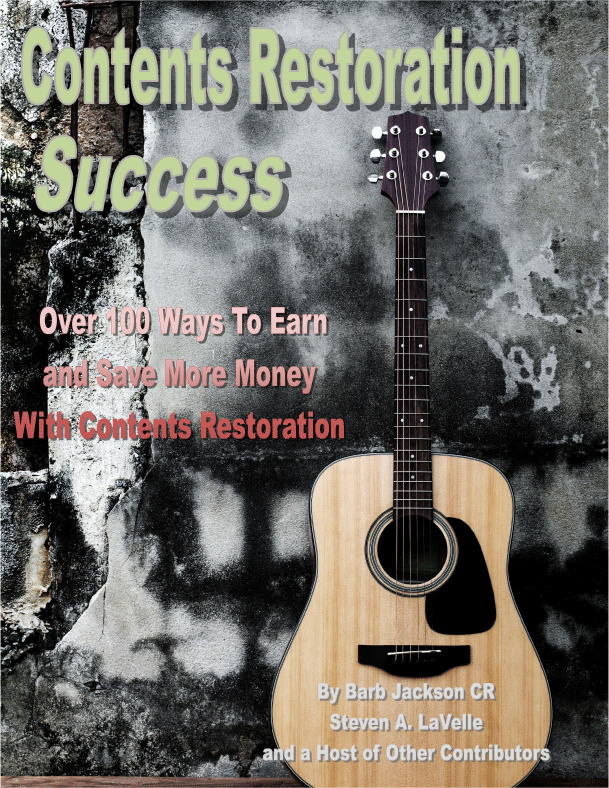Restoration Advocacy Report #5

The RIA’s Advocacy and Government Affairs (AGA) Committee continues to roll full steam ahead. In case you have not heard of us, the AGA is on a mission to advocate for the best interests of restorers, and to achieve a fair and level playing field, both legally and financially, with insurers and their partners. Each month, we report on our progress and recent developments.
The AGA and its subcommittees now consist of more than 50 of the industry’s most industrious and talented professionals representing every major region of the country. These volunteers understand that to be sustainable, a healthy restoration ecosystem must have fair pricing, prompt payments to contractors and an equitable claim settlement process.
As natural disasters continue to devastate large swaths of landscape across the country, Americans rely more than ever on restorers to help rebuild their lives. Every day of delay is a day of agony for the victims of these catastrophes. But if insurers insist on prices that are based on generic price systems that do not reflect the true current cost of labor, they shortchange their customers in their hour of need and discourage contractors from returning properties to their pre-loss conditions. Xactware has stated that the “correct” price for any job is based upon an “agreement between the purchaser and the provider: the price which the purchaser is willing to pay and the provider is willing to work.” (Xactware Pricing Research Methodology report, February 6, 2018.)
If insurers insist on paying no more than the prices set by Monday morning quarterbacks who are ignorant of the site conditions and obstacles faced by restorers, and the true expense of restoring a building, the insurers breach their quasi fiduciary duties to their policyholders. In the process, they subject themselves to liability for breach of the implied covenant of good faith and fair dealing (“insurance bad faith”) because they interfere with the policyholders’ rights to enjoy the benefits of the insurance contract. Insurers that stand on lowball estimates spend hundreds of millions of dollars defending bad faith claims, which undoubtedly leads to higher premiums, and everyone — including the insurance executives who perpetuate these systems — suffers. The volunteers who serve on the AGA and its subcommittees are focused on righting these wrongs and creating an environment that is sustainable and fair to all the parties involved in a property insurance claim. We are not asking for anything to which we are not entitled; we are only asking for what is fair.
How did we get here? How did the insurance industry become so powerful that it can force a hardworking contractor who provides good work to accept a payment that includes little or no profit? Why do labor rates in standardized pricing platforms remain stagnant for years as the cost of labor and the cost of living continue to rise? And why do standardized labor rates suddenly spike after years without increases, and then flat line for years to follow? In particular, how can the standardized rate for restoration labor ever increase if it is based on surveys that only parrot back the standardized rate? A survey that just regurgitates the surveyor’s own information is not only ineffective; it is worse than no survey at all, because it affirms a falsehood.
Restorers need to know their true costs of rendering services and build in a margin that allows them to earn a living for themselves and their employees. The cost of service includes training, employee benefits, insurance and legal expenses, just to name a few. Restorers suffer when they yield to the pricing mandates of third parties, particularly when the restorer is not sufficiently capitalized to wait six or more months for payment. The restoration industry is the only segment of the construction industry that is self-funded, and restorers should not be forced to “buy” their check when a third party interferes with the normal course of business.
The AGA is attacking these problems on multiple levels. Its Pricing Subcommittee is conducting in-depth research to expose the flaws in standardized pricing platforms. It has declared that 10% is an inaccurate and unfair number for both overhead and profit. We have engaged Xactware in this discussion, and its representatives are listening. The TPA Subcommittee is publishing its first position paper on Nov. 1 and is rating TPAs so contractors can make informed decisions before they are lured into doing high-volume work for cut-rate prices.
The Third Party Consultant (TPC) Subcommittee is formulating strategies for restorers to combat the most common tactics from independent adjusters, construction “experts” and third-party building consultants who have declared war on restoration profits. (In our last report, we pointed out that the holders of Xactimate license agreements agree in writing in Section 9 of the license agreement not to prohibit deviation from Xactimate prices where contractor requirements, market conditions, demand or “any other factor” warrants the use of a different price for the specific situation.)
We are excited to announce that the AGA has elected former RIA (ASCR) President Barry Swidler, Esq., as chairman of the TPC Subcommittee. Swidler is a former business partner of John Held and has a wealth of information and experience in this area. He is truly a force to be reckoned with, and his subcommittee promptly reached consensus on a number of important TPC issues.
Your Investment Is Needed
The restoration industry faces heavy odds against powerful corporate alliances seeking to slash restorers’ profits more and more every year. The success of the AGA depends on your investment. Funds are needed for research and experts. Please invest now.
From day one, AGA started a powerful grassroots movement with the public support of conscientious restorers who want to get involved and make a difference. If you have not already done so, please download your Commitment Card and email it to me at EdCross@EdCross.com.
Please join the movement by writing a check payable to “AGA” and sending it to the RIA at 330 N Wabash Ave., Suite 2000, Chicago, IL 60611. Investments are what drives progress, no matter how large or small the investment may be. Now is the time to invest in your future.
Thank you. I am grateful for the opportunity to represent the RIA in this effort.
Respectfully,
RIA ADVOCACY AND GOVERNMENT AFFAIRS COMMITTEE

Edward H. Cross, Esq., Chairman
Looking for a reprint of this article?
From high-res PDFs to custom plaques, order your copy today!








